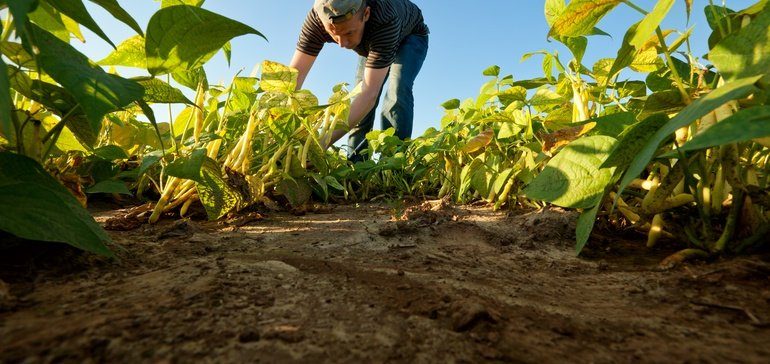Data shows pandemic restrictions still hurting smallholder suppliers

While some lockdowns are lifting and food service reviving, the smallholder farmers who produce much of the world’s ingredients – from coffee and cocoa, to pepper and rice, are becoming even more vulnerable, potentially putting supply chains at risk.
Data shows that the hard won gains of sustainability programmes led by food and beverage companies stand to be reversed in a downward spiral of economic uncertainty, low productivity and food insecurity, unless action is taken.
In March this year, Olam surveyed over 3,400 farmers in 19 countries producing nine different crops supplied by Olam Food Ingredients (OFI) and Olam Global Agri (OGA)¹.

The survey showed that during the previous six months, around half the farmers based in Africa, South East Asia and Latin America saw their crop production reduce (47%) and their incomes fall (58%) as a result of lower demand, as compared to the same period before COVID-19. Movement restrictions, market closures, and the fear of getting infected has decreased smallholder farmers’ market access for their crops across all regions. With no safety net, this has huge implications for farmers already living at subsistence level, leaving them with no opportunity to invest in their farms and crops for the future.
The social and environmental repercussions are also worrying. More than three out of ten surveyed farmers reported that their children (age 15 and under) spent more time working during the previous six months to contribute to household income as compared to before the pandemic. And almost one out of four farmers indicated they have had to clear land to increase their yields and incomes.
Helping farmers to withstand the challenges of this period is critical, which is why across our supply chains we are extending credit and financial relief, like repayment periods for farmers beyond the end of the crop season and establishing Village Savings and Loans Associations (VSLA).
But actions to plug the immediate income gaps must be paired with broader and more sustained approaches that address the underlying vulnerabilities that have been exacerbated by COVID, namely over-reliance on single crops, low yields, and climate change. OFI and OGA combined provide sustainability support to over 770,000 farmers and therefore we’ve been able to activate these networks with COVID relief programmes.
Equally, we, our customers and sustainability partners – like USAID, Rainforest Alliance and GIZ (Deutsche Gesellschaft für Internationale Zusammenarbeit GmbH) – need to know that our efforts and investment are making a difference where it matters and where we need to investigate further and step up interventions. This is where the transparency offered though our sustainability insights platform, AtSource comes in.
AtSource allows us and our customers to track the economic and social conditions of farmers via 100+ metrics, like the number of farmers earning a living income and the number of beneficiaries receiving support for food crop production. The data is gathered by our global team of enumerators. From these insights, we can uncover areas where we need to focus efforts and generate action plans designed to help farmers produce more and better, with farm inputs and training on Good Agricultural Practices, quality and crop diversification.

Snapshot of economic metrics under AtSource Plus for the current crop year, representing over 300,000 registered farmers.
50% of the farmers we surveyed have sought new ways to generate income by diversifying their crops, taking day-labour jobs, opening shops, and starting non-agricultural businesses. Diversification is an important signal of farmers’ ability to adapt during any period of uncertainty – whether due to market and climate shocks, or a global pandemic.
Supporting farmers to grow banana, avocado and pepper grown alongside coffee or cocoa trees; or produce honey from beehives placed in cashew orchards, allow them to increase their productivity and incomes from the same area of land.
Farmers are also feeling the impact from COVID in their diets, which can impact on the strength to withstand the already tough labour requirements of managing their farms. 40% of those surveyed, the majority in Africa, reported eating less food and diverse diets, with women disproportionately affected. The health and nutrition metrics available through AtSource show us where the hotspots lie and are informing new strategies and partnerships on tackling food insecurity and malnutrition. And over time, the trend data will show us whether our strategies are having a positive effect.
These combined efforts to create a positive impact can be communicated to consumers who want to know that the ingredients in their packet of nuts, chocolate bar or cappuccino, are sourced in a way that supports an economically sound future for producers and their families.
It’s our ambition that being transparent about the good and the bad in our supply chains through AtSource, will encourage others – our customers, donors, civil society and governments – to work with us to deliver the broader, deeper and more sustained scope of actions, that our survey data suggests is needed, to improve the outlook for smallholders.
Source: fooddive.com

